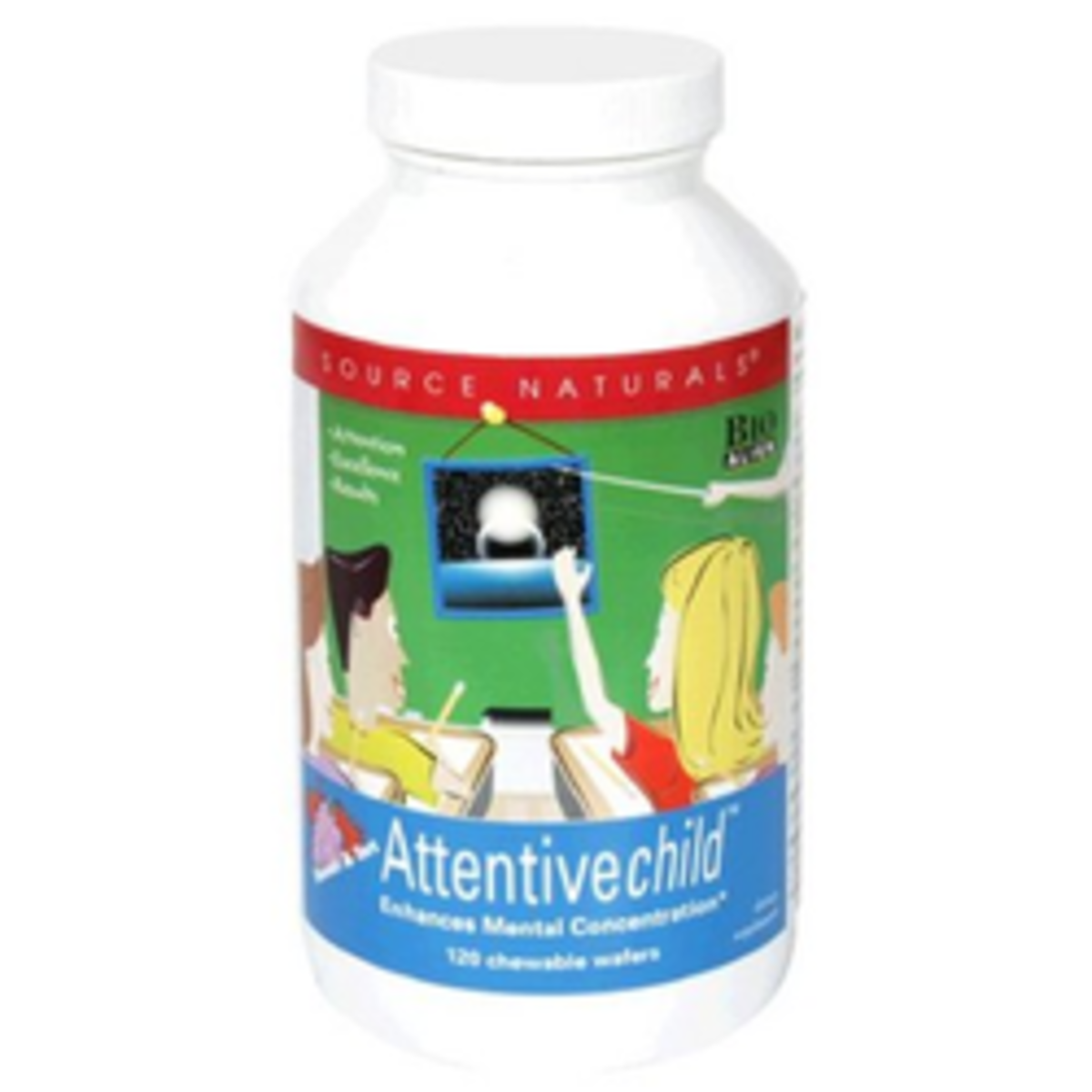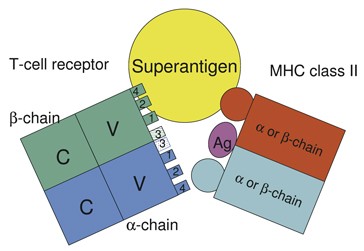


Superantigens, Superantigens are particles that indiscriminately stimulate as much as 20% of all T lymphocytes (regular response to antigen promotes only 0. 01% of T cells), which launch massive amounts of proinflammatory cytokines such as tumor aspect (TNF-). When released into surviving breast cancer without chemo , high levels of TNF- trigger life threatening hypovolemic shock and organ failure.

T cells and APCs are brought into direct contact by the bridging of the continuous area of class II molecules and the variable segments of the TCR -chain (V). Superantigen binding is unique, however, because it occurs outside the typical binding cleft (Figure 6-7). Staphylococcal and streptococcal superantigens have actually been linked in gastrointestinal disorder, exfoliative dermatitis in infants (scalded skin syndrome), cellulitis, scarlet fever, and poisonous shock syndrome.
Enterotoxins resemble exotoxins however typically only cause moderate to severe diarrhea. All staphylococcal enterotoxins can trigger the symptoms of food poisoning, however just SEA and SEB are involved in exfoliative dermatitis. Hazardous shock syndrome is associated with the TSST-1, SEB, or SEC2 superantigens. In the last twenty years, an increase has been seen in the incidence of streptococcal poisonous shock syndrome related to necrotizing fasciitis or myositis.

These strains produce three different superantigens (SPE-A, SPE-B, and SPE-C) and various pyogenic toxic substances. SPE-A is particularly related to streptococcal hazardous shock syndrome (s, TSS). Streptococcal and staphylococcal superantigens act in a similar way.
SEB, a common bacterial superantigen (PDB:3 SEB). The -grasp domain is shown in red, the -barrel in green, the "disulfide loop" in yellow. SEC3 (yellow) complexed with an MHC class II particle (green & cyan). The SAgs binds surrounding to the antigen discussion cleft (purple) in the MHC-II. The T-cell receptor complex with TCR- and TCR- chains, CD3 and -chain device molecules.
Specifically it causes non-specific activation of T-cells leading to polyclonal T cell activation and huge cytokine release. Droops are produced by some pathogenic infections and bacteria more than likely as a defense reaction versus the immune system. Compared to a normal antigen-induced T-cell reaction where 0. 0001-0. 001% of the body's T-cells are activated, these SAgs can triggering approximately 20% of the body's T-cells.